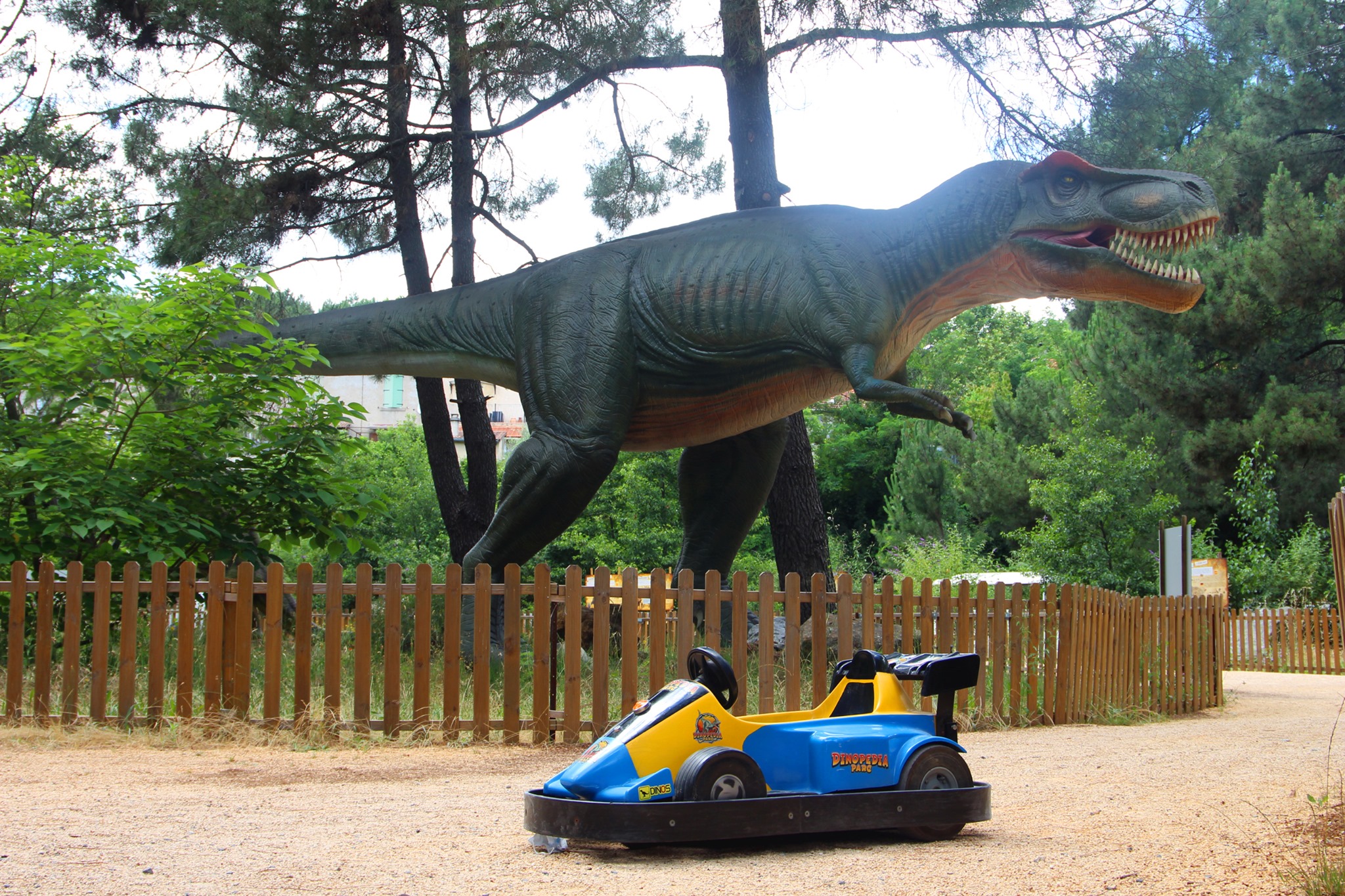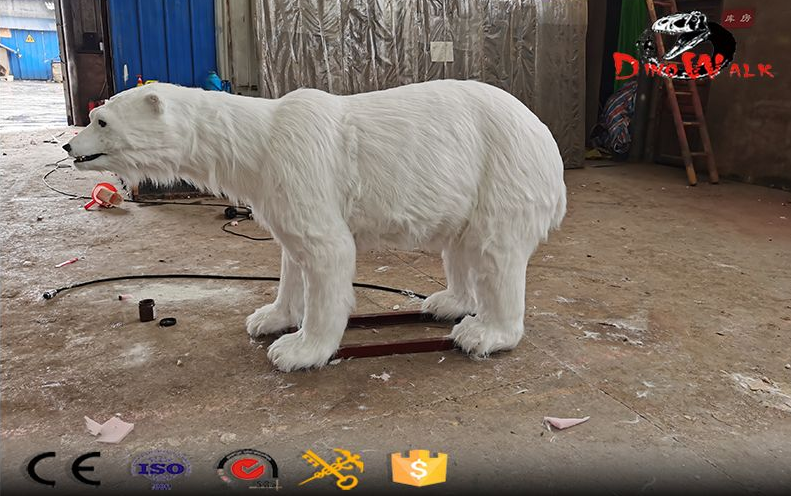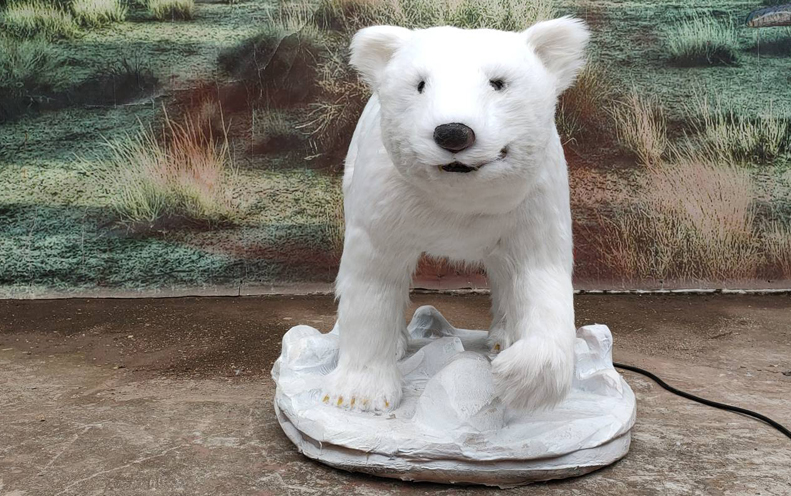Polar Bear Facts: Discovering the Arctic Giants
Delve into the captivating world of polar bear facts and gain insights into the lives of these majestic Arctic giants. Polar bears are iconic creatures of the frozen north, perfectly adapted to survive in one of the harshest environments on Earth. From their physical characteristics to their hunting strategies, this article covers everything you need to know about these impressive apex predators.
1. Habitat and Range
Polar bears primarily inhabit the Arctic regions, including the Arctic Ocean, its surrounding seas, and surrounding landmasses. They are highly adapted to survive in the extreme cold and can be found in the northern parts of Canada, Alaska, Russia, Norway, and Greenland.
2. Physical Characteristics
Polar bears are easily recognizable by their white fur, which helps them blend into their snowy environment. They have a thick layer of blubber for insulation and large, powerful limbs with strong claws that aid in swimming and hunting.
3. Diet and Feeding Habits
Polar bears are opportunistic hunters and mainly feed on seals, particularly ringed and bearded seals. They are skilled swimmers and can cover long distances in search of prey. Polar bears use openings in the sea ice to access their main food source: seals that surface to breathe.
4. Reproduction and Cubs
Polar bears typically mate from April to May, with the fertilized egg undergoing delayed implantation. Female polar bears give birth to one to three cubs in December or January, inside a den constructed from snow. The cubs stay with their mother for around two and a half years, learning essential survival skills before venturing on their own.
5. Conservation Status
Polar bears are listed as vulnerable by the International Union for Conservation of Nature (IUCN) due to the ongoing loss of their sea ice habitat caused by climate change. As sea ice melts, polar bears face challenges in finding enough food and suitable denning areas.
6. Adaptations to the Arctic Environment
Polar bears have numerous adaptations that enable them to thrive in their Arctic habitat. Their keen sense of smell helps them detect seals from long distances, and their powerful limbs allow them to swim for hours. Additionally, their white fur provides camouflage during hunting and serves as insulation against the cold.
7. Threats and Conservation Efforts
Aside from climate change, polar bears face threats such as pollution, oil and gas development, and conflicts with humans. Various organizations and governments are actively working to protect polar bear populations through conservation efforts, research, and management programs.
Realistic Life Size Animatronic Polar Bear Model for Theme Park
FAQs: Answering Common Questions
Q1: Do polar bears hibernate?
A1: No, polar bears do not hibernate in the traditional sense. While pregnant females den up in snow dens to give birth and care for their cubs during the winter, they remain partially active and may venture out to hunt.
Q2: How far can polar bears swim?
A2: Polar bears are exceptional swimmers and can cover vast distances while swimming. They have been known to swim up to 60 miles (97 kilometers) in one stretch to find suitable sea ice and prey.
Q3: Can polar bears live in warmer climates?
A3: Polar bears are uniquely adapted to the cold Arctic environment and rely on sea ice to hunt seals. They are not suited to live in warmer climates and are only found in the Arctic regions.
Conclusion
Polar bears are magnificent creatures that have captured the imagination of people worldwide. Their resilience, hunting prowess, and adaptations to the Arctic environment make them one of the most remarkable species on the planet. As climate change continues to impact their sea ice habitat, conservation efforts are critical to ensuring the survival of these iconic Arctic giants for future generations to admire and cherish.
















